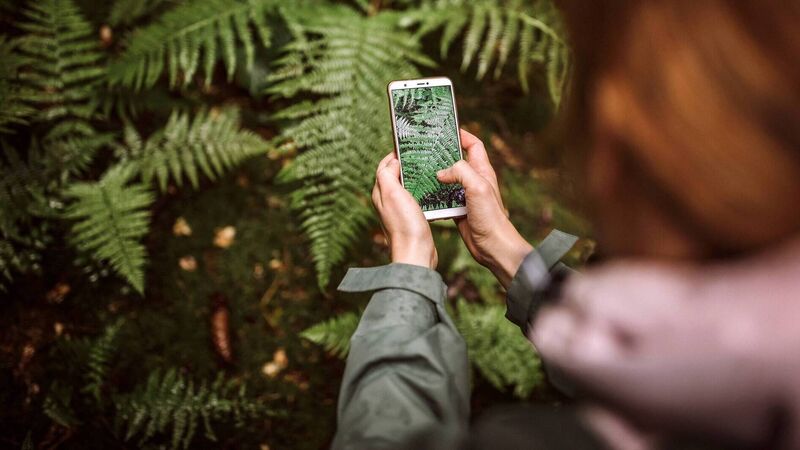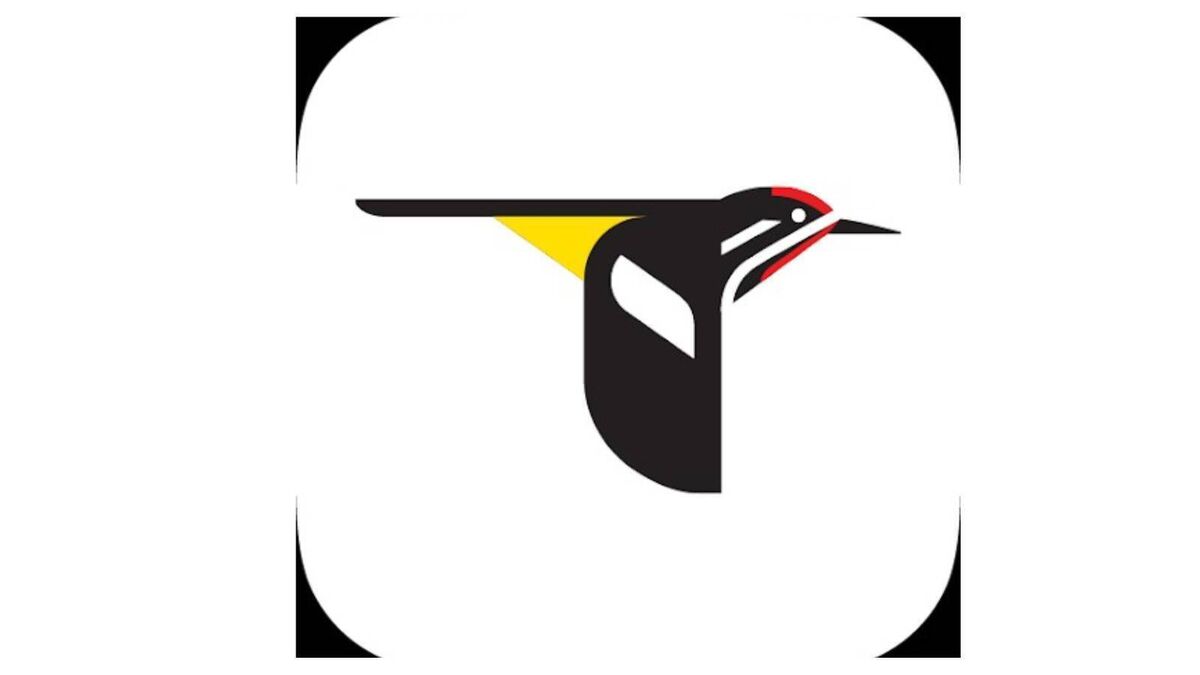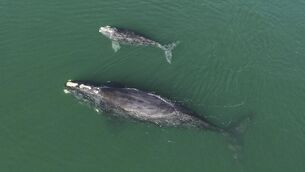Tap, snap, explore: Seven science-backed apps to bring nature closer

Dr Michelle McKeown: "The new wave of nature apps is more than handy, they’re feeding serious science while giving your inner David Attenborough a tech upgrade."
There was a time when a walk in the wild meant lugging a dog-eared field guide and hoping the rain didn't wreck the pages.
Today, your phone can summon a squad of digital ecologists, and even a few astronomers, faster than you can say 'what bird is that?'. The new wave of nature apps is more than handy, they’re feeding serious science while giving your inner David Attenborough a tech upgrade.

The global heavyweight is iNaturalist, a joint initiative of the California Academy of Sciences and the National Geographic Society.
Snap a photo of anything from moss to moth and its AI suggests possible species, while a worldwide community of naturalists weighs in to confirm or refine the identification. Once enough agreement is reached, the record earns 'research grade' status and is shared with the Global Biodiversity Information Facility, where it helps track invasive species, map habitats and monitor climate change.
Think of iNaturalist as a living field guide written by both algorithms and experts.

For birders, Merlin Bird ID, developed by the Cornell Lab of Ornithology, is equally impressive. Merlin analyses photos or real-time audio to match birds by appearance or song.
Point your phone at a dawn chorus and watch the screen light up with likely singers. Crucially, Merlin’s data feed into the eBird database, which ornithologists use worldwide to monitor migration and population trends. It’s as close as most of us will get to carrying a professional ornithologist in our pockets.

If iNaturalist is the serious sibling, Seek is its approachable younger cousin. Designed by the iNaturalist team, Seek delivers instant identifications without requiring an account or location sharing.
It awards digital badges for species groups and monthly challenges, making it a hit with children, families and casual explorers.
While it lacks the formal peer review that gives iNaturalist its research punch, it remains firmly grounded in solid science and is a perfect entry point for budding citizen scientists.

Wildlife doesn’t stop at the garden hedge. Animal Tracker, created by the Max Planck Institute of Animal Behaviour, lets you follow real animals wearing GPS tags, from storks crossing Europe to ospreys on Atlantic flyways. Each track is based on live scientific data collected by researchers studying migration and habitat use.
It’s one of the few apps that lets you watch science unfold in real time, turning migration into a moving, living map.

Closer to shore, Seagrass Spotter shines a light on one of the planet’s most important yet overlooked ecosystems.
Developed by Britain’s Project Seagrass in partnership with universities and conservation groups, the app invites users to photograph seagrass beds and upload observations. Every verified sighting helps scientists map these blue-carbon powerhouses, which store vast amounts of carbon and shelter marine life but are under pressure from pollution and climate change.
For beach walkers and divers alike, it’s a simple way to help protect an ecosystem critical to the fight against global warming.

Look up at night and science apps can guide you there too. Stellarium Mobile is a hand-held planetarium used by amateur astronomers and professional educators alike. Point your phone skyward and it overlays constellations, planets and satellites in real time. You can follow the International Space Station, identify a meteor shower or simply learn the myths behind Orion and Cassiopeia. Its data are drawn from established astronomical catalogues, and it is widely trusted in schools and observatories.

For those interested in how plants grow and recover, Canopeo offers a different but equally scientific perspective. Developed by researchers at Oklahoma State University, it measures green canopy cover, the percentage of ground shaded by live vegetation, using a quick smartphone photo
Restoration ecologists, farmers and environmental scientists can use it to monitor crop growth, reforestation success and vegetation recovery.
It’s a handy way to quantify the greening of a landscape, whether in a field, meadow or backyard experiment.
Whatever your favourite app, crisp, well-lit photos will win friends among algorithms and experts alike. Add a note of time, place and habitat and you’ve given science exactly what it craves.
And while these apps are remarkably accurate, resist the temptation to treat them as edible plant bibles, better a mushroom remains a mystery than an accidental hospital visit.
What sets these seven apart is their scientific backbone:
— iNaturalist and Seek feed the Global Biodiversity Information Facility
— Merlin underpins the world’s biggest bird database
— Animal Tracker provides live migration data
— Seagrass Spotter informs marine conservation
— Canopeo can aids restoration science
— and Stellarium relies on professional star catalogues.
Every tap and snap add to the planet’s knowledge base, from hedgerow to Milky Way.
So, charge your phone, lace your boots and let curiosity lead. With these apps in hand, the earth (and the sky) is closer than ever. It’s a welcome upgrade from late-night doomscrolling.
Why not let your phone double as a pint-sized David Attenborough — velvet voice not included... but sense of wonder very much guaranteed.







